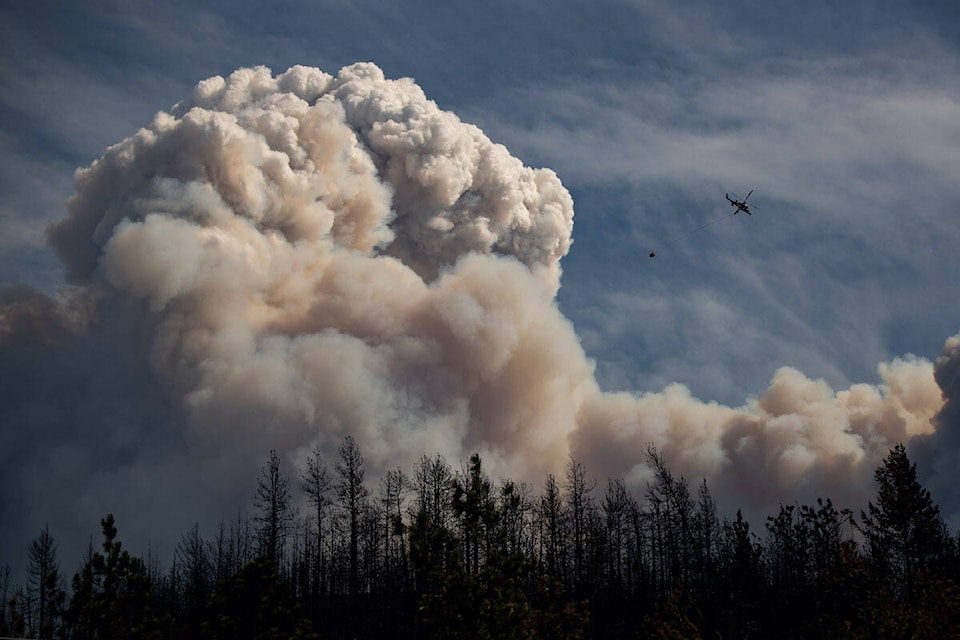A cooler spring may be a sour point for outdoor enthusiasts, but is proving hopeful for the upcoming wildfire season.
Cool and wet weather to begin June means that the fire hazard is anticipated to remain low through the early summer, according to the latest forecasting from the BC Wildfire Service.
The service’s lead forecaster Matt MacDonald said during news conference Friday (June 3) that temperatures have remained two-to-three degrees cooler than seasonal averages, while lightning trends have also remained low.
Since April, when wildfire season begins in the province, there have been 137 wildfires, or about 60 per cent of the average fire starts in the past five years.
B.C. has yet to report a single lightning-caused wildfire this year, while the average is 35 lightning-sparked fires every May.
MacDonald said this slower start is expected to continue through June in southern and coastal B.C., “whereas the verdicts still out for the northern parts.”
There are several key regions demonstrating drier-than-normal patterns, including southern Cariboo, Thompson-Okanagan and Rocky Mountain Trench, which will be monitored closely, officials said.
Meanwhile, the longer-range forecast indicates a shift to above seasonal temperatures for late July and August, which may bring an increased wildfire hazard. Last summer, the province saw a number of heat domes, which served as a concerning backdrop to a number of fires – most notably the fatal fire which destroyed the town of Lytton.
“We’re expecting the slow beginning to continue, but as we round the corner into July and August, that really obviously makes up the vast majority of our fire season, and as we trend toward these normal warmer temperatures, we could see fire activity grow through the latter half of the summer,” MacDonald said.
On Friday, Forest Minister Katrine Conroy reiterated this year’s $359 million budgeted for additional wildfire protection.
“Last year’s devastating fire season highlighted the importance of wildfire prevention for B.C. communities and, as we saw first-hand in Logan Lake, how it can make a real difference for people’s lives.”
ALSO READ: Cool temperatures may help wildfire season, but no help in flooding risks
@ashwadhwani
ashley.wadhwani@bpdigital.ca
Like us on Facebook and follow us on Twitter.



